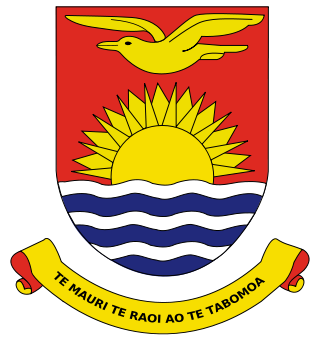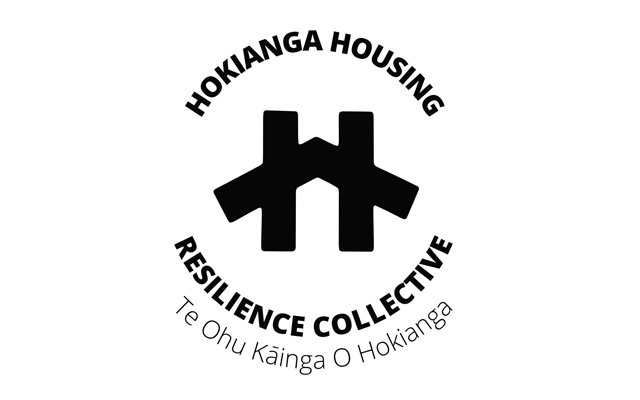The major steps for switching to solar are as follows:
Solar assessment:
This is the first step and a very important one in your solar journey. Get in touch with us and one of our experts will speak to you about conducting an assessment of your premises and energy consumption profile to see if the switch to solar is right for you. After all, for some households or businesses the justification to invest in a solar system simply isn’t there and we are not into selling snake oil, so you can guarantee that if solar is not right for you then rest assured, we will be up front with you about that in the first instance. Our solar assessments will often include a site visit where we take a detailed look at your switchboard and your rooftop. This is also a chance for you to speak with us and ask any further questions you may have before proceeding to design and quote preparation.
Design:
At Front End Solar we are experts in solar system design and we understand the importance of looking closely at your energy consumption profile in order to design the best system that will suit your specific needs and optimise the offset of your energy bill. There are many sliding variables to consider before installing a power plant on your roof (yes that’s what you are planning to do!) and sometimes bigger does not necessarily mean better! But don’t worry, thats what we are here for – to design a fully customised solution tailored to your specific needs.
Quote:
After our experts have designed a customised solar solution for you we will present you with a personalised quote. It is important that you read through it and check to see how it stacks up. We are of course on hand to answer any questions or discuss details about what your system will do, how it will look and how it will perform for the duration of the project. This is your chance to go through your offer with us and clear anything up before you make a decision to go ahead with your purchase.
Acceptance and scheduling:
Once you have decided to accept our offering we will go straight into scheduling an appropriate date for installation. We will inform you of when we can add you into our schedule, also picking the right weather days for installation. We adhere to strict safety protocol for installation work so adverse weather is an important consideration for our installation team when doing work on rooftops.
Installation:
Our friendly installation team will attend site with everything ready for installation. This should take around two days for a residential install and includes a distributed generation application to your local grid operator which we will take care of for you.
Ongoing monitoring and support:
Your journey with us does not end on installation and Front End Solar provides ongoing system performance monitoring, troubleshooting and maintenance services. We recommend reaching out to us for an optional annual inspection of your system just to make sure everything is going as expected and your system is performing as it should be.
Simple as that! time to get in touch and make the switch!
Another very good question! There are a lot of contributing factors that go into the cost of a solar system in New Zealand and there is no “standardised” cost for any particular system size either.
Many factors will contribute to what a solar installer quotes you for your solar system but the following are a list of things that will heavily affect your quoted price.
- Quality of equipment: Higher-quality panels and inverters may cost more but offer better performance and longevity.
- Workmanship: Skilled installers who ensure a quality install may charge more.
- Operational Costs: Running a solar installation business involves many different expenses.
- Your location: Costs can differ based on where you live in New Zealand.
Due to the growing but still developing market for distributed renewable energy systems in New Zealand, there’s a shortage of experienced professionals, which can affect pricing. Be cautious of companies that heavily invest in sales tactics or subcontract full installations to a third party, as this can inflate costs without necessarily improving service. So more expensive does not always mean better!
On the other hand, opting for the cheapest option may result in subpar equipment, poor installation quality, poor service or all of the above. To get the best value, research companies with strong reputations and good track records. At Front End Solar we are proud members of SEANZ which is a good start for finding reputable solar installers in your region.
As for current market prices you can expect to pay in the range of $10,000-$15,000 for a residential solar system with PV panels and an inverter while a system that includes battery storage will likely cost in the $20,000-$30,000 range fully installed.
Installation time for residential solar systems typically spans two days. However, this can vary based on the system size and whether battery storage is included.
For larger commercial systems, the installation duration will be longer and also depends on the size of the system.
A reputable installation company will provide after-sales performance monitoring and support for their systems. They should be your first contact if any issues arise with your system’s components. For warranty claims, inspections, or maintenance, your solar installer should handle these matters. Choosing a company with strong after-sales support can make a significant difference in the quality of service you receive.
At Front End Solar, we offer comprehensive after-sales support for all our installations. If you encounter any issues, our friendly support team and experts are just a call away, ready to troubleshoot or visit your site to resolve problems. While we can’t guarantee that issues won’t occur—since electronics and software can be unpredictable—we promise to do everything we can to fix any problems and get your system back on track.
If you have a solar system on a pitched roof in New Zealand then you can rest assured that the rain and gravity will take care of most of your cleaning duties throughout the year. Bear in mind more stubborn stains on panels can be caused by bird droppings or lichen growth in certain areas and these will need some extra cleaning attention to remove from panel surfaces.
We do recommend that in addition to natures automatic cleaning system you contact us at Front End Solar for an annual inspection and maintenance check. Aside from that all you need to do is sit back and enjoy the clean, renewable energy being produced from your solar system. Simple!
Yes! Even on cloudy and rainy days your solar panels will still convert the ambient light hitting them into electricity for your home. Not as much as on a sunny, cloudless day of course but you will still get some energy production out of your system. How much exactly depends on how much ambient or reflected light there is to convert but luckily our monitoring systems show how much energy your solar panels are producing at any hour on any given day.
During our design process we have clever software that analyses long term weather patterns across decades so you can rely on the fact that small variations in weather like cloudy and rainy days have already been factored into the design of your system.
Self consumption is a term you will hear a lot in solar circles. It refers to the energy your solar system offsets for you instead of buying it from your retailer. So you will often hear solar boffins speak about “optimising your self consumption”. This is because the best way to offset your monthly power bill and reduce the pay back period on your solar investment is through self consumption.
Why is this important? Typically, the energy you consume from your retailer is the most expensive, and your feed-in tariff is unlikely to be higher than that cost unless you are a large commercial client with a specially agreed arrangement with a retailer.
A feed-in tariff (FIT) is a payment you receive for the excess electricity your solar system sends back to the grid. In New Zealand, FITs have traditionally been very low (~8c/kWh). However, as more people adopt solar technology, retailers are increasingly competing to buy your excess electricity, which they then resell at higher prices during peak times.
When installing an on-grid solar system, it’s a good idea to compare FIT rates from different retailers to find the best payment for your excess energy.
Our clients










